Menu
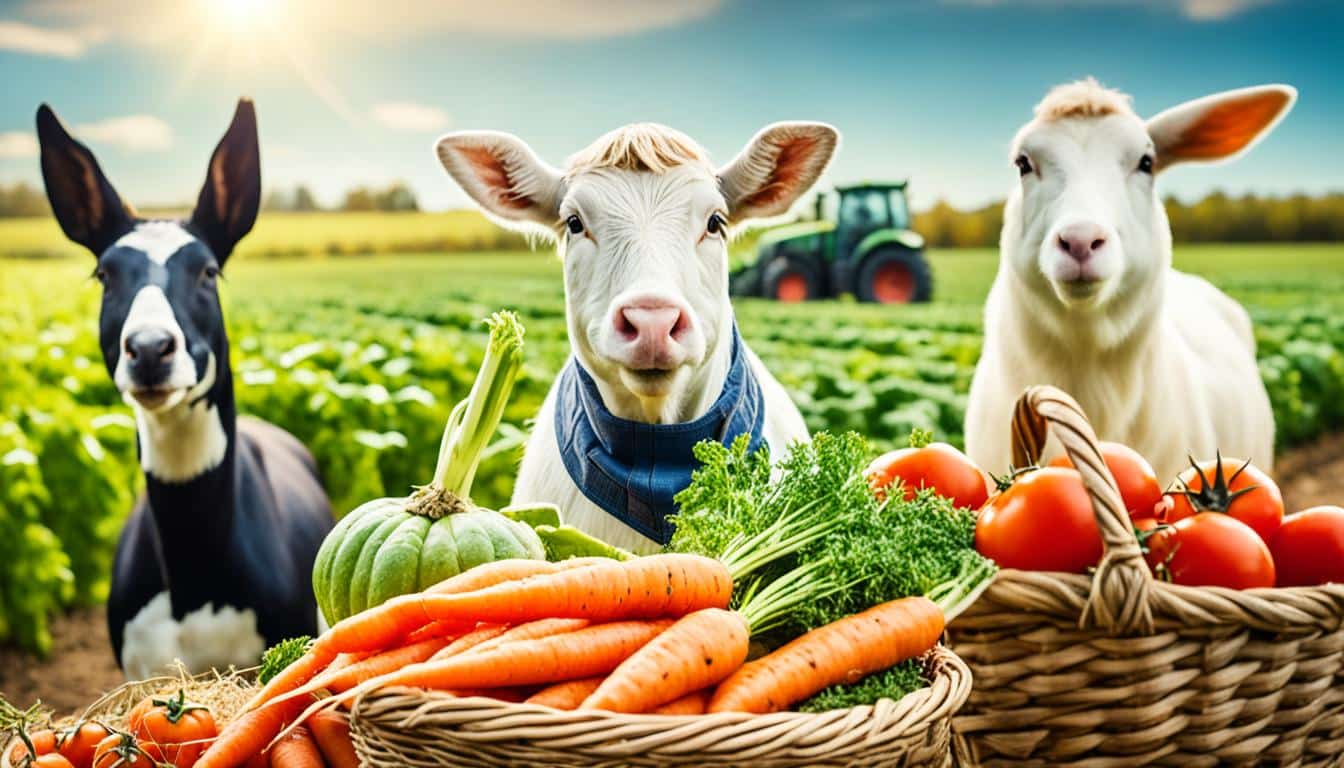
Farmers themselves see fellow farmers as their main buying influence every year. This shows just how key influencer marketing is in the agriculture world. Unlike the quick buys we see in other markets, farm products are big investments. So, using influencers for farm products is all about building up trust in the brand, not just making quick sales.
Influencer marketing uses well-known people to persuade buyers. This is a big part of modern marketing for any product or service. In farming, this approach works even better because these influencers often live the farming life. They give advice and suggestions that really connect with their followers. It’s vital to choose influencers who really support what your company stands for and actually use the products they talk about.
In farming, how much people interact with content is really important because it’s all about relationships. Places like Facebook and Instagram can really help influencer marketing work well. The right influencers don’t just sell products, they share a love for the farming way of life. They also teach their followers important things, making the bond between the brand and the buyers stronger.
More and more, those in agriculture are embracing influencer marketing online. They’re finding real value in it. Influencer engagement works well because these influencers are often part of the farming community. This means their recommendations are trusted and authentic, which can connect with people emotionally.
Agricultural goods are big investments. So, digital marketing farms focus on building knowledge and strong impressions. This is different from simply trying to sell things right away. The goal is to make the brand known and to keep it in the audience’s thoughts over time.
| Influencer Type | Follower Count | Engagement Rate |
|---|---|---|
| Nano-Influencers | 1,000-10,000 | High |
| Micro-Influencers | 10,000-100,000 | Moderate-High |
Key Opinion Leaders in agriculture, or KOLs, are very important. They offer deep insights, coming from their own experience. This makes them stand out. The key to doing this right in agriculture is to pick influencers who really use the products. This makes their influence more real and creates trust.
Choosing the right place to work with influencers is critical. It should be somewhere the target audience, like farmers, is already active. Using social media to team up with farmer influencers can really help. It spreads the brand’s message far and wide, building trust with would-be customers. This approach grows long-term loyalty and brings in new customers.
In the agriculture sector, influencer marketing stands out. It’s not like other industries. Here, influencers are often farmers or top experts in agriculture. They share their deep knowledge with a focused group. This could be consumers or other farmers, helping them know more about farm goods and practices.
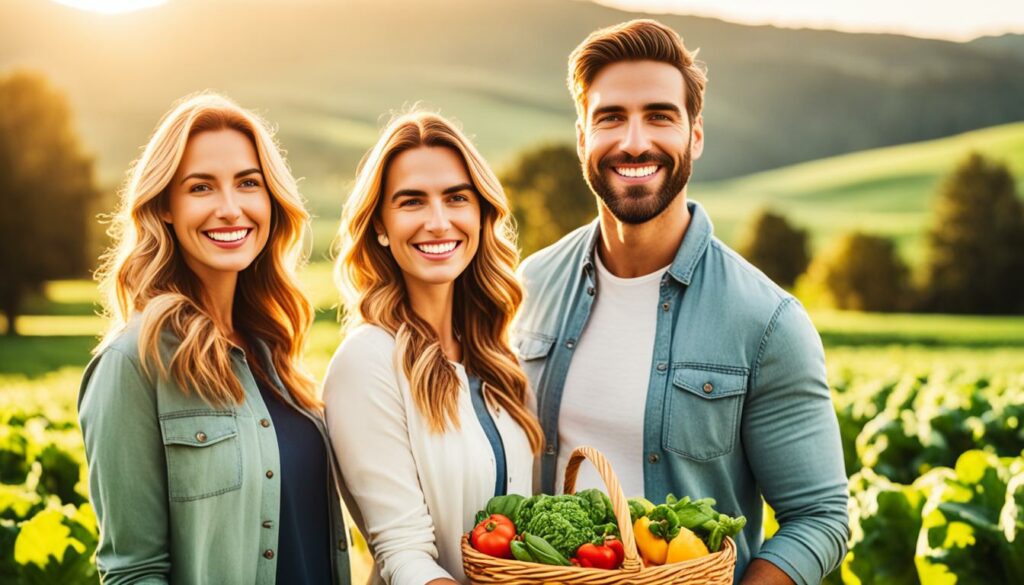
Agricultural influencers fall into different groups, each with a special role and type of content.
Every influencer type brings its own value. They mix knowledge with a friendly touch. This makes their messages reach both farmers and food-conscious consumers.
Agricultural influencer outreach has its own hurdles. Farmers might not be as online-active as consumers in other sectors. To reach them, picking the right social media or content field is crucial. Platforms like Facebook, Instagram, or podcasts can be particularly useful.
Yet, there are many chances waiting. Farmers trust recommendations from fellow farmers the most. So, when an agricultural influencer talks, it often hits home. This trust can spark real connections and community involvement, drawing people in. A key to a successful partnership is choosing influencers who mirror the values and goals of the brand; this guarantees genuine engagement over just a big follower base.
In the farm sector, setting SMART goals is also a winner. This approach helps in dealing with influencers skillfully. It also boosts the brand image and holds the content up against any marketing tests.
| Type of Influencer | Role | Impact Area |
|---|---|---|
| Hands-on Farmers | Share daily farming experiences | Relatability and Engagement |
| Agri-experts | Provide technical insights | Educational Content |
| Thought Leaders | Pioneers in agricultural practices | Credibility and Trust |
Choosing the right influencers for farm products needs careful thought. Influencer marketing strategy is crucial. You must pick influencers who will promote your brand well and connect with their followers.
| Influencer Type | Followers | Characteristics | Suitability for Farm Products |
|---|---|---|---|
| Nano-Influencers | 500-10K | High engagement, strong community ties | Excellent for niche markets and localised campaigns. |
| Micro-Influencers | 10K-100K | Moderate reach, trusted voice | Ideal for building brand authenticity and targeted promotions. |
| Macro-Influencers | 100K-1M | Significant reach, diverse audience | Suitable for broader brand awareness campaigns. |
| Mega-Influencers | 1M+ | Enormous reach, high-impact | Best for mass appeal and high-profile brand promotion. |
To start, it’s key to look at how the influencer fits into farming. Using Facebook and Instagram is great for farms. Finding nano and micro-influencers who really know about farming can boost your brand.
For wider brand reach, look at macro or mega-influencers. They reach more people. But, choose them wisely to match your brand’s direction. Check their social media stats and if their audience is like your target.
When working with influencers in farming, sharing your products works well. But, the real success is in telling true stories about the product. Make sure the influencer really cares about your products. This makes a stronger and lasting impression.
Establishing SMART goals is key to a successful agricultural influencer campaign. By setting specific, measurable, achievable, relevant, and timely goals, brands can boost their marketing results.
Specific goals focus your efforts effectively. For example, aiming to increase brand mentions or to enhance customer interactions on Instagram sharpens your campaign’s aim.
Goals that are measurable use clear targets to track success. Tracking engagement rates, brand mentions, and new followers provides solid data on progress.
Achievable targets are realistic within your means. They consider the influencer’s reach, from nano-influencers to mega-influencers. This helps set achievable success measures.
Goals should connect to overall business aims. Using influencer strategies to increase market reach aligns with growing in niche agricultural markets.
Having time-bound milestones aids in tracking and adjusting strategies. For example, setting monthly reviews for ROI ensures efforts stay on track with business goals.

Key Opinion Leaders (KOLs) in farming are very important. They use their experience and education to share their insights with us. Their opinions are highly valued, and they shape how we see things in farming.
KOLs help make a brand more known. Their support can make others see the brand as trustworthy. Even though they might have fewer followers than regular influencers, their impact is bigger in certain areas like farming.
Using KOLs is not just about selling more products. It’s about making sure people know and trust the brand. This is crucial, especially because farming products are big investments.
Working with KOLs means being smart about where and how you promote the brand. Social media is a big part of this. Platforms like Twitter and Instagram help reach more people. KOLs make these efforts more real, which makes the brand more trusted.
KOLs should really believe in the brand to promote it well. Their honest stories can win over the audience. Choosing KOLs who share the same values is key to keeping the message strong and true.
Setting SMART goals can help the brand and KOLs work better together. It’s not just about how many people see it, but about how many are truly interested. This shows real influence and success in marketing.
| Metric | Importance | Example Platforms |
|---|---|---|
| Engagement Numbers | High | Twitter, Instagram |
| Brand Awareness | Medium | Facebook, TikTok |
| Trust and Credibility | High | YouTube, Twitter |
| Personal Experience | Medium | Instagram, Facebook |
KOLs help a lot in hiring and improving the brand image. By working closely with them, farming brands can reach areas hard to reach with regular ads. This way, they make more impact and get better marketing results.
Today’s digital age makes using social media crucial for good farm marketing. Social media has changed how businesses talk to their audiences. Now, farmers can connect with more people, boost brand awareness, and interest new customers better than before.
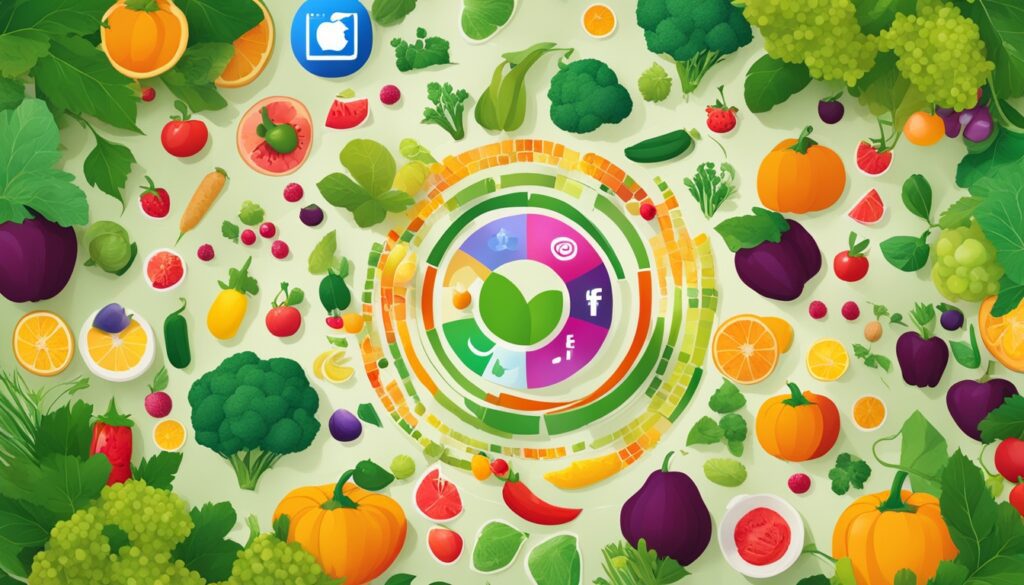
Picking the best social media sites for your farm is vital. Each site has its own features and users that attract different audience types. For example, Facebook is great for a wide farming community. It’s popular and flexible. Instagram, on the other hand, is best for farm brands focused on consumers. Its focus on visuals works well for this.
Choosing the right platforms helps businesses shape their strategies. For example, showcasing farm products is great on Pinterest, which is visual. Twitter, with its quick updates, is perfect for sharing farm news. This customisation makes sure you reach the right people well.
After choosing your platform, it’s time to plan your content strategy. Each site needs a different content approach. Instagram thrives on stunning images and videos. On the other hand, Facebook allows different content types, like articles and videos, to reach a broader audience.
Posting regularly is key to staying relevant and attracting a loyal following. Great content builds trust and expertise in your brand. Using hashtags can also boost your visibility and interaction. Interacting directly with your followers through comments and user content strengthens customer connections.
Working with influencers and holding contests are smart parts of your strategy. Influencers can increase your reach and trust. Contests on social media are fun and can boost your sales. It’s also important to track how well your social media is performing. This helps you see what works and refine your strategies for better success.
In today’s farm marketing world, brand storytelling is key to capturing attention. It’s all about using real-life stories to connect with the audience. When people feel emotionally tied to a brand’s story, they’re more likely to become loyal customers.
Let’s dive into how powerful these stories are in making farm products stand out and draw people in:
It’s important to know your audience well when telling stories. Understanding their age, gender, income, and where they live helps. This info lets brands shape their stories to really hit home. Surveys and focus groups also help find out what customers love about products and what attracts them emotionally.
For a successful content strategy, every detail matters, including packaging and your website. Using easy-to-read fonts and beautiful images on packaging can catch the eye. And a solid website with great content helps make a strong online presence.
Telling stories about your products’ unique qualities brings the agricultural world closer to consumers. For instance, talking about how an apple gets from the orchard to the table paints a clear picture. It makes people feel closer to the product. Also, stories about the farm’s sustainable efforts can win over customers’ trust and loyalty.
Giving influencers a good story to tell can go a long way. It allows them to connect with their followers. Sharing genuine stories of farmers and their products helps enhance a brand’s image and fosters lasting customer relationships.
In conclusion, brand storytelling for farms is more than making sales. It’s about sharing a story that people can relate to. This approach builds trust and ensures the brand stays memorable in a busy market.
Influencer marketing has been a game-changer for agribusiness marketing. It has connected brands with consumers in a real way through success stories. The effects are seen in impressive stats, showing a big boost in brand awareness, customer loyalty, and reputation.
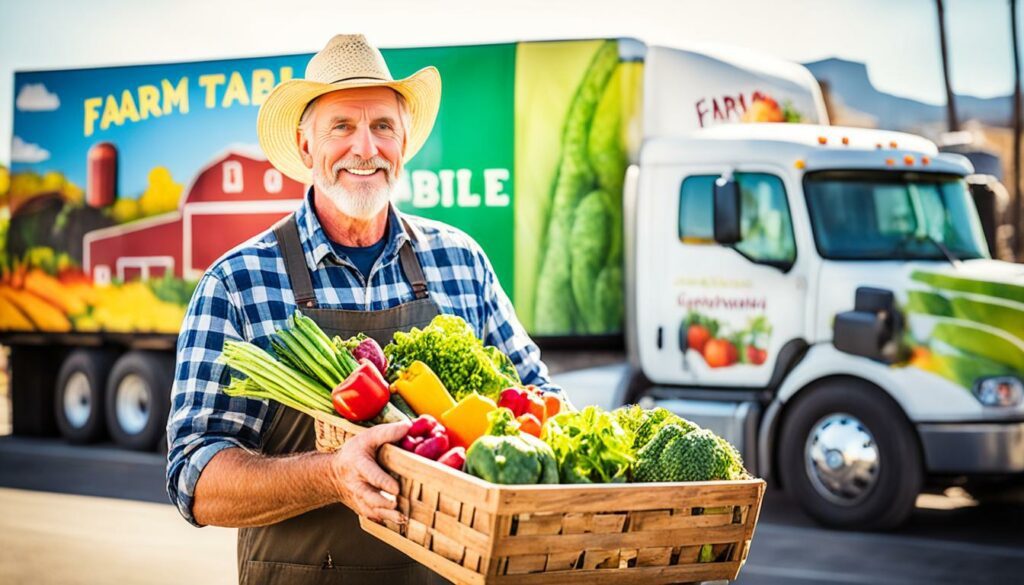
Take Topicals for example. They saw a 3 million impression increase and added 5,000 followers by working with various influencers on TikTok and Instagram. Gymshark, on the other hand, achieved a £1 billion valuation and a £100M business, all in just seven years, with the help of influencers.
Dove is another success story with over 1 billion impressions and a significant engagement rate increase. This was thanks to their use of micro-influencers. This approach not only improved their marketing but also made their connection with consumers stronger.
Then there’s Dunkin’s fun campaign with e.l.f. which drew a lot of attention. Such collaborations can refresh how people see a brand in the agribusiness market or in this case, the agricultural sector.
La Roche-Posay’s work at the US Open with influencers like @JaeGurley is also worth mentioning. They promoted their sunscreens using fun activities. It was a great way to connect with consumers in a fun and natural way.
Let’s sum up by highlighting these points:
| Brand | Campaign | Outcome |
|---|---|---|
| Topicals | Diverse Partnerships | 3M impressions, 5k followers |
| Gymshark | Influencer Strategy | £1 billion valuation, £100M business |
| Dove | Micro-influencers | 1B impressions, 20% engagement lift |
| Dunkin’ | Collab with e.l.f. | Enhanced audience reach |
| La Roche-Posay | US Open Activation | Boosted product promotion |
These cases prove how influencer marketing can revolutionise farming sector marketing. By using influencers smartly and creatively, brands can really make their mark in the agribusiness field.
Building long-term ties with influencers in farming is crucial. It helps create real partnerships that meet both the brand’s and influencer’s goals.
To work effectively with influencers, certain methods are key for both the brand and them. Brands should choose influencers who use their products. This makes the promotion more real and builds audience trust. Also, letting influencers share real stories about the products helps them connect in a natural way with their followers.
It’s also vital to keep talking with the influencers. Let them know about any new products and industry trends. This helps them create more interesting content. And working together on content, like blog posts, videos, or taking over social media for a day, can really boost their connection with the brand.
Keeping the engagement with these influencers is an ongoing effort. Giving them what they need to create great content is critical. This could be product samples, VIP event access, or insights into the company’s workings behind the scenes. Such offerings add value to the influencer’s content while helping spread the brand’s message.
Also, for a lasting relationship, setting SMART goals is important. These goals are Specific, Measurable, Achievable, Relevant, and Timely. They let brands track how well their influencer marketing is going. This way, they can adjust their plans to keep the collaboration effective over time.
Finally, good relationships with farming influencers are built on trust, honesty, and shared success. By staying in touch and offering continuous help, brands can develop relationships that bring real audience engagement and loyalty to the brand.
In the world of influencer marketing, knowing the rules is key. The Federal Trade Commission’s (FTC) guidance is vital. It ensures honesty between influencers and their followers. When advertising, farms and agricultural brands should be clear about their links to influencers. This makes their messages open and reliable.
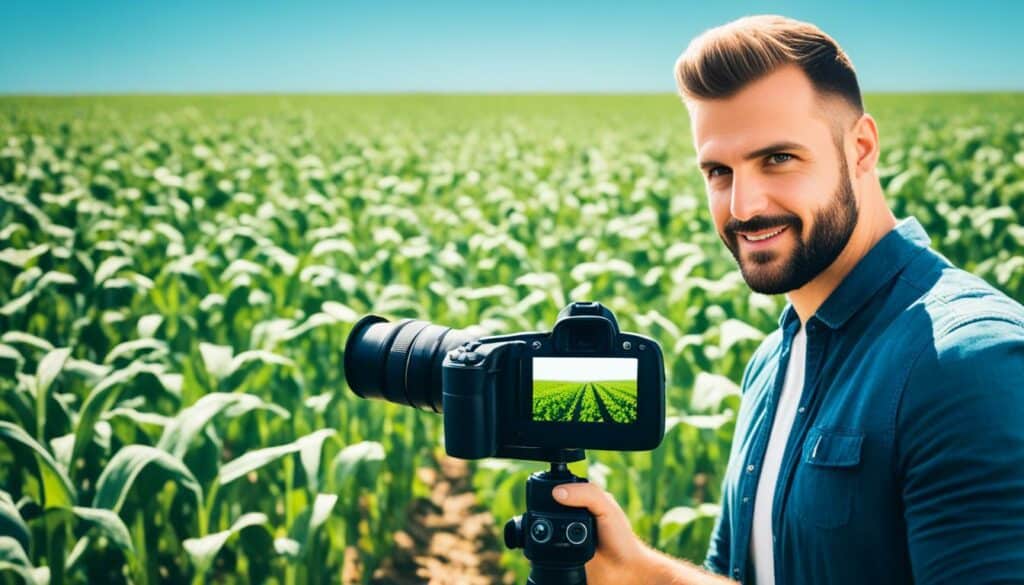
The FTC says influencers must tell if they’re connected to a brand they talk about. To keep up with changes, they must use obvious tags like #ad. This helps audiences know when something’s sponsored, strengthening trust.
The FTC rules were updated in 2009 and now cover areas like fake reviews and tags by virtual people. Farm influencers must be open in every post, showing if something is an ad or not. Brands should check what their influencers have done before, and how they handle comments, to fit the rules.
If these rules are broken, the FTC can fine both the person posting and the brand. Their aim is to make sure people know when content is sponsored. This focus on being clear and honest is really important for everyone involved, from influencers to the brands they work with, helping influencer marketing in farming to be successful.
| Requirement | Description |
|---|---|
| Disclosures | Influencers must tell people about any close connections when they post or make videos. |
| Transparency | Using hashtags like (#ad, #sponsored) makes it clear to everyone. |
| Compliance | Not following the rules can mean fines for the brand and the influencer. |
| Due Diligence | It’s important for brands to look at what influencers have done and how they interacted before. |
Working out the return on investment (ROI) of influencer marketing in agriculture means looking at lots of different measurements. These let companies see how well a campaign does. They help in making smart plans for the future.
Farm businesses should look at certain campaign metrics to check the ROI of influencer marketing. These include:
To understand how well influencer marketing is doing, businesses need to use the right measurement tools and techniques. They can use tools like:
With these measurement tools and the right campaign metrics, companies can better grasp the ROI of influencer marketing. It allows them to spend their money wisely and improve future campaigns for more success.
Starting an influencer marketing plan in agriculture means watching out for key errors. Misaligning influencers with the wrong audience can really hurt a campaign. It weakens the effect and wastes your efforts.
It’s key to have clear, measurable goals. Otherwise, campaigns can go off track. I recommend setting SMART goals for every project. This makes sure you’re on the right path.
Keeping things real and following the law are essential. The content from influencers should connect with their followers. And everyone must follow rules about telling people if they’re promoting something. Knowing these rules protects everyone involved.
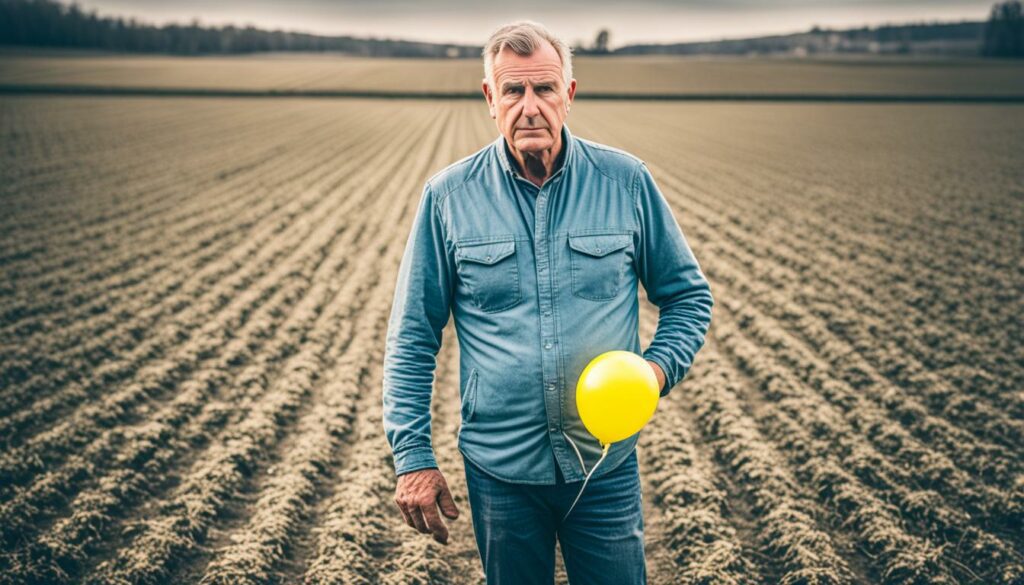
Don’t forget about intellectual property (IP). Setting clear IP terms is crucial for avoiding issues and keeping control of your work. Knowing how long agreements last is also very important, especially with young influencers or athletes. This keeps everyone informed.
Being careful with what content gets posted is vital. Add steps for checking and approving content first. This is very important in agriculture, where wrong messages can damage a brand.
Avoiding surprises with costs is smart. Be clear about fees in any agreement to prevent confusion. Breaking social media rules could cost you your account. Companies should be careful to prevent this.
By steering clear of these mistakes and improving how they work with influencers, agricultural brands can make big improvements in their marketing. Avoiding common problems leads to better results and longer-term success.
To start an influencer marketing campaign for farm products, you need a solid plan. This plan must cover everything from the start to the evaluation of the campaign’s success. This ensures your marketing works well and reaches the right people.
First, define your goals with the SMART method. This means they should be Specific, Measurable, Achievable, Relevant, and Timely. Make sure your goals lead to the big success your farm wants. You must know who you’re trying to reach and what they like. And pick the best platform, like Facebook, for your audience.
Choose influencers with a true love for farming. It’s better if they use your products themselves. Quality of the connection with followers matters more than a big follower count. Truth and trust are very important in farming.
Working closely with influencers is key. Help them create content that your audience will love. The message should match what the audience cares about. Influencers should talk real-time with their followers. This keeps their audience engaged.
Always follow the rules, like those of the Federal Trade Commission (FTC). Influencers must clearly say if they have a relationship with your brand. Being upfront builds trust.
After the campaign, check how well it met your goals. Look at how much people interacted, how many knew about you, and if you sold more. Use different tools to get a good look at what worked and what didn’t.
Listen to what influencers and audiences say about the campaign. Their insights can point you to areas that need work. This feedback is gold for getting better.
| Metric | Relevant Data | Key Insights |
|---|---|---|
| Engagement Rate | High compared to industry benchmarks | Influencer effectively connecting with audience |
| Brand Awareness | Significant uplift | Increased visibility and recognition among target audience |
| Specific Conversions | Incremental product inquiries and sales | Campaign drove consumer action |
To sum up, good influencer marketing boosts brand awareness and lets you connect better with customers. With the right plan, working well with influencers, and checking results, you can use digital influencers to make your target audience listen.
Influencer marketing in farming works well to boost brand notice and interaction. By partnering with influencers close to farming, brands gain from their trusted status. This connection, mixed with a solid influencer strategy, can really lift brand recognition and how customers interact.
Research shows that a big number of 18 to 29-year-olds are on Instagram. This makes the platform great for reaching out to younger people. By spending more on influencer marketing, brands can see more people getting involved. Today, the market for this type of marketing is worth a lot, about $17.4 billion. Also, over 80% of U.S. companies use influencers for promotion. With Instagram leading with 3.8 billion promoted posts yearly.
Talking about the value of influencer marketing, small influencers have a lot to offer. Even though they may have fewer followers, they bring back more than three times the investment. By moving their budget in this direction, brands might see a big jump in how much people interact with their ads – up to 16.6%. This shows the strong impact of real influencer collaborations.
In the end, influencer marketing is a key way to connect with those in farming. It works by sharing stories and teaming up on projects that matter. Picking the right influencer, staying true to what you believe in, and aiming for clear objectives is the way to shine in the digital world of agriculture marketing.
Using influencers to market farm products means letting key figures in farming promote it. This kind of marketing focuses on making a brand well-known rather than selling right away. Farmers or industry experts who deeply understand the farming way of life often lead these campaigns.
In agriculture, influencer marketing is vital because it uses trusted figures, often farmers, to spread the word. These endorsements are more believable than ads. They let companies reach people who value realness and peer reviews. This can lead to lasting loyalty and more customers.
In agriculture, influencers are usually experts with a lot of respect for their knowledge. They share content that both farmers and consumers find interesting. Unlike other areas, farming can be less active online. Yet, it offers chances to build deep and real relationships with its audience.
To find the right influencers, look for those who share your brand’s values and match your market. They should be genuinely linked to farming and have used products like yours. It’s key they come across as real, as their image reflects on your brand.
SMART goals are objectives that are Specific, Measurable, Achievable, Relevant and Time-bound. They help set clear aims with milestones. This approach makes sure your influencer campaign stays on track and contributes to your broader business plans.
KOLs in farming bring expert advice with their vast experience. They educate on modern farming and introduce new products and tech. By doing this, they build trust for the brands they support within the farming community.
Leveraging social media means picking platforms that your audience likes. For example, some farmers prefer Facebook, while consumer brands may do better on Instagram. Adapting your content to the right platform helps you connect with the right people.
To craft stories, make them about truths that touch your audience. Use real examples to make farming life real and relatable. Sharing such stories can make people trust and speak well of your brand.
Good influencer campaigns in farming lead to stories worth sharing. In these successes, brands and influencers tackle marketing hurdles well. They boost brand awareness, join communities, and maybe even grow sales. They set good examples for marketing to farmers.
To work with influencers long-term, focus on what both sides want. Update them often, share ideas, and create useful content together. A strong bond means they stay with you, supporting your brand.
Legal bits include following FTC rules and openly saying if there’s a business tie between an influencer and your brand. Knowing and following the law keeps problems away, protecting both you and the influencer.
For ROI, look at how much the campaign draws people in, grows your audience, and turns viewers to buyers. Use tools to check these measures. This info helps you know what works for the next time.
To do well, pick influencers right for your audience and set clear, measurable goals. Keep your content genuine and legal. Avoiding these mistakes helps your campaign do better.
Start by setting goals, knowing your audience, and picking the best influencer. Work closely with them to make and share content. After, see how you did against your goals to learn for next time.